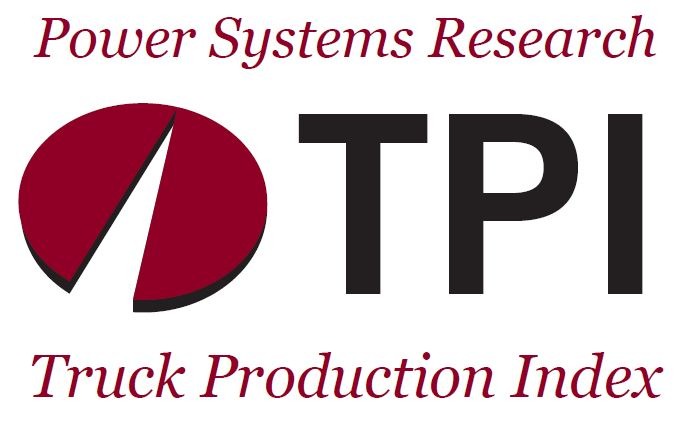St. Paul, MN (July 12, 2021)— The Power Systems Research Truck Production Index (PSR-TPI) increased 193.5% year-over-year (Q2 2020 to the Q2 2021), moving from 46 to 135. For the three-month period ended June 30, 2021, (Q1 2021 to Q2 2021) the TPI climbed 15.4%, increasing from 117 to 135.
The PSR-TPI measures truck production globally and across six regions: North America, China, Europe, South America, Japan & Korea and Emerging Markets.
This data comes from OE Link™, the proprietary database maintained by Power Systems Research.
Global Index. Overall, medium and heavy truck demand will finish the year on a strong note and continued strength is expected into 2022. On-going supply chain disruptions will continue to impact production throughout the rest of the year and possibly into 2022.
All Regions. Except for China, all regions are expected to experience solid commercial vehicle demand growth this year and into 2022. Chinese heavy truck demand is expected to decline this year primarily due to the implementation of the China VI emission regulations that adds cost to the vehicles but no significant improvement in fuel economy.
Read More»




 Welcome to the New Gilded Age
Welcome to the New Gilded Age 

